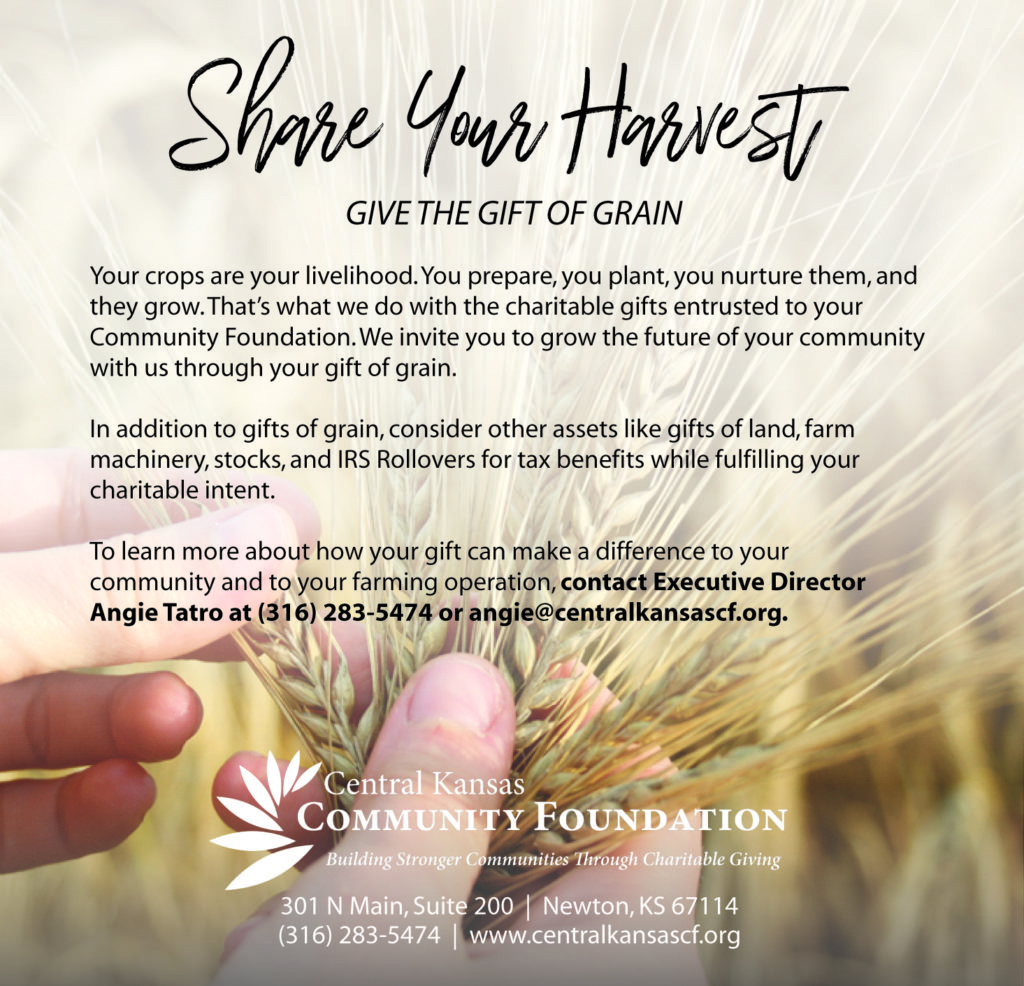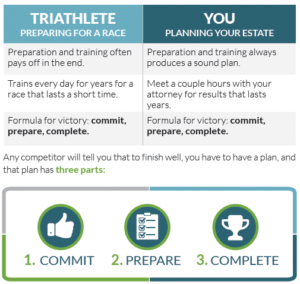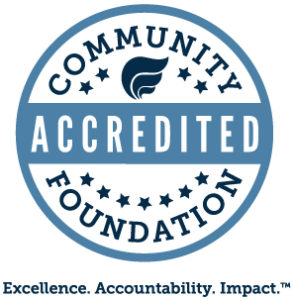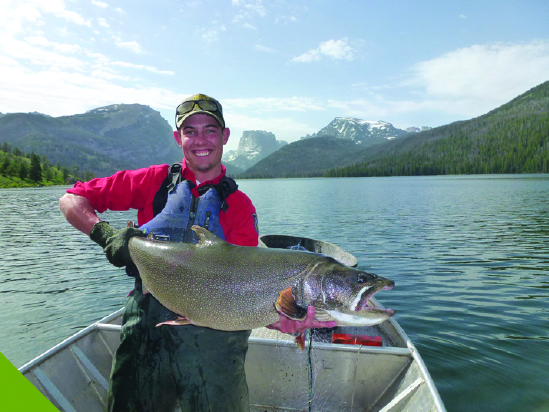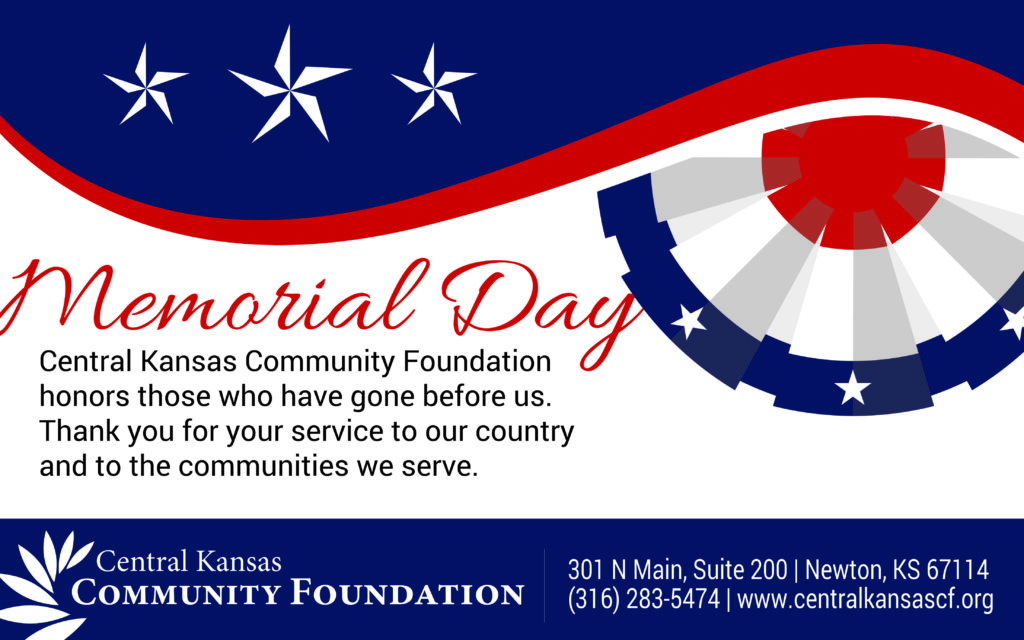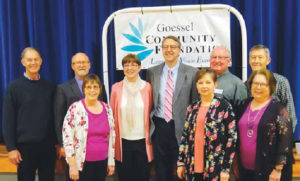Author: ckcfashley
The Three Parts of Victory
There is a lot we can learn from the power of training for a triathlon. To win, a competitor must be an excellent swimmer, bicyclist and runner. The athlete must master not only these stages of the race but also the transitions between these disciplines.
In life, we all have a finish line, we just never know when we will cross it. A triathlete’s goal is to cross the finish line first. However, we don’t have to finish first to have a successful future. Everyone has the power to win.
While a triathlete can be finely tuned and train for life, he or she may still only come in second place. Unlike the triathlete, we don’t have to train, and there are no sacrificial diets or exercise regimens. The cost for having an estate plan is minimal compared to the investment a triathlete makes, but the rewards are remarkable.
TAKE THE FIRST STEP
Like the triathlete, the first step in estate planning is always the most difficult: Starting. To help you begin and even give you a head start, we have free tools that make getting started easy. Once you have them and use them, you have already completed step two—preparation.
You are 2/3 of the way to victory! The final step is easiest—completion. It comes when your attorney combines your preparation into a solid, thoughtful plan that follows and preserves your wishes. What could be easier or more rewarding than that? Call or email us and ask us for our free, no-obligation tools we have for you.
CKCF Mission Moment
Mission Moment from Angie Tatro, Executive Director
Central Kansas Community Foundation (CKCF) is a nationally accredited community foundation. The accreditation process for National Standards is not mandatory. We chose to go above and beyond by affirming our commitment to excellence and accountability. Our accreditation provides assurance that we have sound policies and practices in place. In short, it means we meet the highest standards for local giving.
Community Foundations Prepare for Response and Resiliency
Early in 2017 Central Kansas Community Foundation (CKCF) received an opportunity to join a cohort group (PPREP) of Midwestern community foundations. The cohort group is formally led by the Funders’ Network through a grant from the Margaret A. Cargill Foundation. Funders’ Network provides both financial and technical support to the group.
The purpose of the Philanthropic Preparedness, Resiliency and Emergency Partnership (PPREP) is to create and support a community foundation disaster preparedness and response learning cohort in a ten state Midwestern region of the United States, roughly correlating with the watershed of the Missouri River.
By the conclusion of the cohort program, the goal is that more community foundations in the ten state service area will have the knowledge, skills, tools and capacity to improve how their communities prepare for and respond to natural disasters and strengthen overall community resilience. The partnership also brings together a region of leaders that can call upon one another in times of a disaster.
Since entering the PPREP cohort, representatives from CKCF have attended four meetings with other community foundation leaders in four different host communities: Lincoln NE, St. Louis MO, Dubuque MI and Springfield, MO. During these 2.5 day convenings, group members engage with the host community by learning about various community features, organizations or local opportunities that are working in the areas of disaster recover and resiliency building. Additionally, professionals working in the field share with the group on topics specific to low-attention disasters, mission related investing, gift management and buyouts.
Directly tied to the work in the PPREP cohort, Central Kansas Community Foundation held a Winter Summit, February 3, 2018, BE READY; BE RESILIENT, for the CKCF affiliate leadership members during which Susan Lamb, PPREP Grant Facilitator, gave an overview of the impact a disaster, natural or manmade, could have on a community and the role of community foundations in responding after a disaster.
Depending on the magnitude of the incident, a community foundation could potentially be significantly impacted by an influx of charitable funding. Each CKCF affiliate is now more prepared for informed and timely response after an incident. Community Response Fund Agreements have been established for half of the affiliates and the others are finalizing their document as this will allow immediate activation following a local incident. If this topic is of interest to you there will be additional conversations and training opportunities at the Kansas Association of Community Foundations conference coming up October 14, 15 and 16th in Wichita, KS. Contact Susan Lamb at susan@centralkansascf.org .
Scholarship Spotlight: Kaden Buer
Kaden Buer
- I am currently working toward a Graduate degree at FHSU.
- After graduate school, I plan on working as a fisheries biologist.
Gift Amount: $5,000 for four years
The Scholarship
Mr. Wayne Willis was born in eastern Kansas and spent part of his youth in Maryland and Virginia. In both environments, he was constantly exposed to the sportsman’s life and spent every available moment hunting, fishing, and in the outdoors sketching and drawing wildlife.
Wayne’s remarkable aptitude for painting stemmed from his desire to recapture his experiences in the field, for he was an ardent sportsman and conservationist. He ranked among the top wildlife artists in the country and is considered by many to be the premiere quail painter.
In 1992 former Kansas Governor Mike Hayden, Community Leaders in Kansas, and the Willis family created the Wayne Willis scholarship fund, later known as the Wayne Willis Wildlife Foundation, partially funded by the annual Governor’s One Shot Turkey Hunt and auction. Scholarships were established to support university students enrolled in Wildlife Management programs. In the Fall of 2012 the Wayne Willis Foundation, Inc. arranged the on-going management of this scholarship with Central Kansas Community Foundation Butler County, an affiliate of Central Kansas Community Foundation.
Community Impact
Thanks to the Willis Scholarship and the affordability of tuition at Fort Hays State University, I was able to earn my bachelors degree in Fisheries Biology without acquiring any student loans.
To Honor Those Who Have Gone Before Us
Gifts Anyone Can Afford
Have you ever wished you could help us in our work, but thought you couldn’t afford to make a charitable gift? Perhaps you are concerned that giving may adversely affect your cash flow or your family’s financial security.
THERE IS GOOD NEWS!
You can support our mission without impacting you or your family.
Contact us and talk with your attorney or advisors to learn more about the many easy, affordable ways to give back and make a difference.
CKCF Mission Moment
Mission Moment from Angie Tatro, Executive Director
The Central Kansas Community Foundation (CKCF) provides personalized services, tools and resources that fit donor aspirations and community needs. We are committed to providing solutions to make giving an easy, flexible and effective process. We pride ourselves in our local expertise and in-depth understanding of community challenges, trends and needs. And our team is engaged in community leadership in meaningful ways that provide us the capacity to work with donors on project and initiatives that will make a lasting impact.
Goessel foundation awards $3,420 in community grants
(Pictured: GCF Board members flank Rachel and Duane Goossen (middle) at the April 21 recognition dinner. Pictured are (from left) Dwight Flaming, John Fast, Peggy Jay, Rachel Goossen, Duane Goossen, Elaine Unruh, Myron Schmidt, James Voth and Carol Duerksen. The goal of the board is to raise an additional $75,000 by Dec. 31, 2020.)
The Goessel Community Foundation, an affiliate of the Central Kansas Community Foundation, awarded five grants April 21 at a recognition dinner hosted by the foundation board.
The five grants were:
$1,000 for Bethesda Home, $950 from the Goessel Senior Endowment and $50 from the Impact Fund to supplement expenses for the Friendship Meal Program.
$500 for Families and Communities Together (FACT) from the Impact Fund for literacy kits and supplies for children age birth through 5 years who attended Goessel Elementary School Sensational Senses community event.
$500 for Marion County Fire District No. 2 from the Impact Fund to supplement the cost of replacement radios.
$500 for Goessel Public Library from the Impact Fund to help fund STEM (Science, Technology, Engineering, Math) after-school activities.
$500 for the Tabor Food Pantry from the Impact Fund for purchasing supplies and Keith’s Foods cards needed by the pantry.
$420 for Heart to Heart Child Advocacy Center from the Impact Fund for two anatomic dolls for their work with victims of child abuse.
Duane Goossen, former 74th District representative of Kansas, now living in Topeka and working for Kansas Center for Economic Growth, was the featured speaker. He shared values learned in his early years growing up in Goessel that have shaped his career.
Dwight M. Flaming, with assistance of board members, highlighted the three-year capital campaign, “Giving Back to Goessel” demonstrating various ways of giving to the Impact Fund. The goal of the Foundation is to raise an additional $75,000 by Dec. 31, 2020.
The Goessel Impact Fund is an unrestricted grant-making fund that allows GCF to grant to a variety of needs and causes.
Each of our affiliate organizations has an unrestricted grantmaking fund in their communities. If you are interested in making an impact in your community, seek out your community foundation and make a charitable contribution!
Personal Planner: Zero-Tax Cash and Trust
Zero-Tax Cash and Trust
About 15 years ago Linda’s father passed away. As her inheritance, she received a commercial lot that was a mile outside of town. At the time she received the inherited property, it was worth about $100,000.
During those 15 years, the town has grown and there are now commercial buildings on both sides of her lot. Her lot is worth $400,000 and could be sold to a developer who would build a commercial building.
During the past few years, Bill and Linda have talked about selling the property. They have not received any income and have had to pay the taxes on the property. As the property value has increased, so have the annual property taxes.
They decided to stop and visit with their CPA Clara to discuss options for the property.
Bill: “Thank you for meeting with us today, Clara. Linda and I have been talking about our lot at the edge of town. As you know, the town has moved that direction and it is now surrounded by other commercial buildings. I think we could sell it and get a good price.”
Linda: “Yes, since I inherited it 15 years ago from my father’s estate the value has gone up. We put a value of $100,000 on it at the time, but it may sell for up to $400,000 today. We’ve had two or three inquirers who have suggested that $400,000 could be a pretty good price for the property.”
Clara: “Well, this is a very good year to sell the property. But there are fairly high capital gains rates due to your other income and the growth in value. Because you have a large gain of $300,000 in the property, you could pay a large tax.”
Bill: “Yes, we’ve heard that there is a large potential tax. We would actually like to sell this lot and pay zero tax. Is there a way to sell without tax?”
Clara: “You could do what is called a ‘zero tax’ sale and unitrust. A charitable remainder unitrust is a special agreement. It allows you to bypass the gain on the property transferred to the trust, provides increased income and gives you a charitable deduction. The benefit of the plan is that you can place part of the property into the trust and sell that part tax free. Then you are able to use the tax savings from the charitable deduction on that part to offset the tax on the cash you take out. If we do this correctly, you can sell, have part of the value in the unitrust and the balance in cash – all with zero net tax.”
Bill: “Clara, please explain a little more about how that might work. How much of the property would we put into the trust and how much would we keep out?”
Clara: “That’s a great question. Let’s consider first the part that is transferred to the trust and the benefits of that part and then the cash out and finally we will explain how the agreement is created.”
Charitable Trust
Bill and Linda could transfer approximately $240,000 in value to the charitable trust. This would be transferred by a deed of that percentage of the property to the trustee of the trust. If they desired, they could self-trustee the trust and select a company to do the trust accounting. Alternatively, a charity or a commercial trust company could serve as trustee.
After the trust is funded with part of the property, the trustee then can conduct a joint sale with Bill and Linda, who still own the balance of the property. The benefit of the charitable trust is that it is tax exempt if the rules are followed. It can sell the $240,000 in property and pay no tax. This could save approximately $42,000 in capital gains tax on that portion.
The trust amount then will be invested and could pay income to Bill and Linda for their two lifetimes. They selected a 5% trust because their financial planner recommended a distribution of 4% to 5% as the “safe payout” amount. Because the unitrust minimum was 5%, they selected that amount. Bill and Linda will receive an estimated $350,000 in income over their 26-year life expectancy.
In addition to bypassing gain on the property of the trust and receiving a very substantial income over their lifetimes, Bill and Linda receive a charitable deduction of about $79,000. Clara suggested that this deduction would be used over about three years and will save $31,000 in income tax.
Cash Received
Assuming that the property can be sold for $400,000, with $240,000 in value transferred by deed to the trust the cash balance is about $160,000.
This $160,000 will be transferred at closing to Bill and Linda. Because the appreciation was about 75% of the value, they would ordinarily owe a large capital gains tax on this amount. The capital gains tax could be over $28,000.
However, they are able to offset the capital gain with the charitable deduction. While the capital gain is taxed in the first year and their deduction savings are spread over three years, over time the approximate amount of savings equal the approximate amount of gain. The net result is that they have received $160,000 with essentially no net tax.
Benefits for Bill and Linda
Bill and Linda were very pleased with the plan that Clara suggested. They are able to keep the entire $400,000 in their home area and not send any significant amount to their state or federal tax authorities. The $240,000 in the trust will pay them income for two lives and eventually benefit two favorite charities. While there will be a substantial charitable gift in the future, the added income from investing all $400,000 for their lifetimes will replace a substantial part of the planned gift. In addition, they had always wanted to do something in the future to benefit their two favorite charities.

